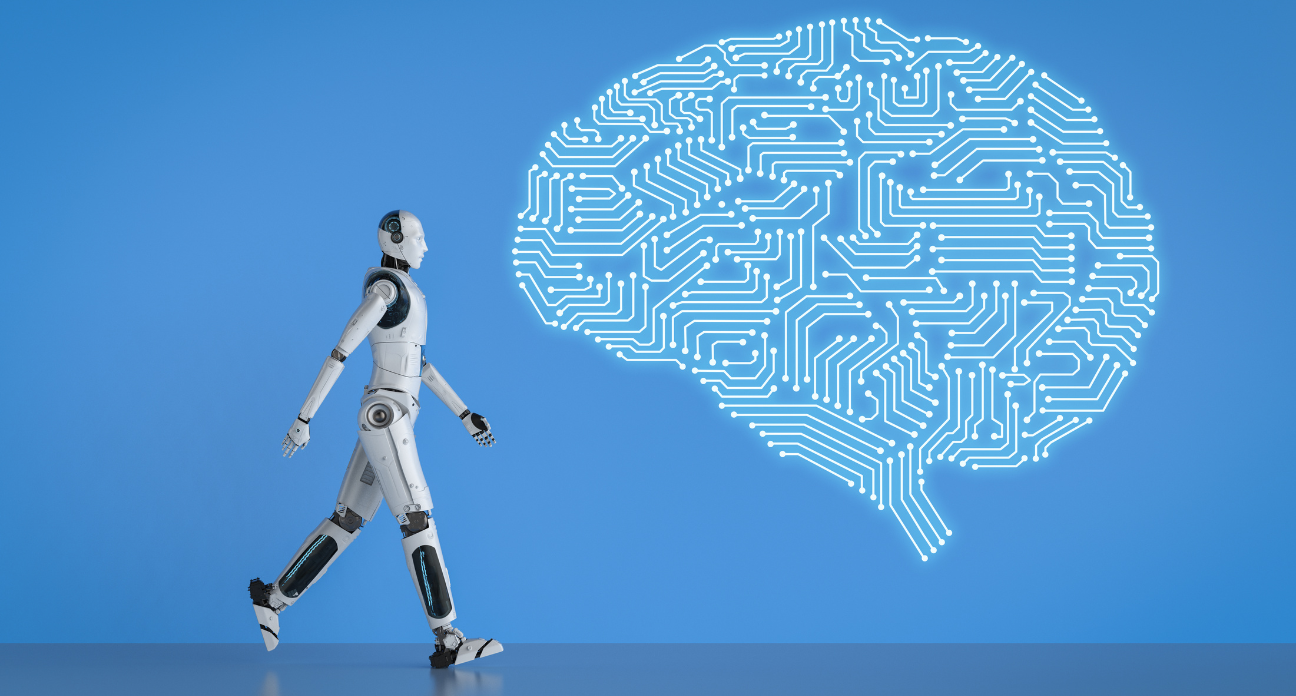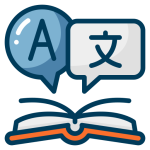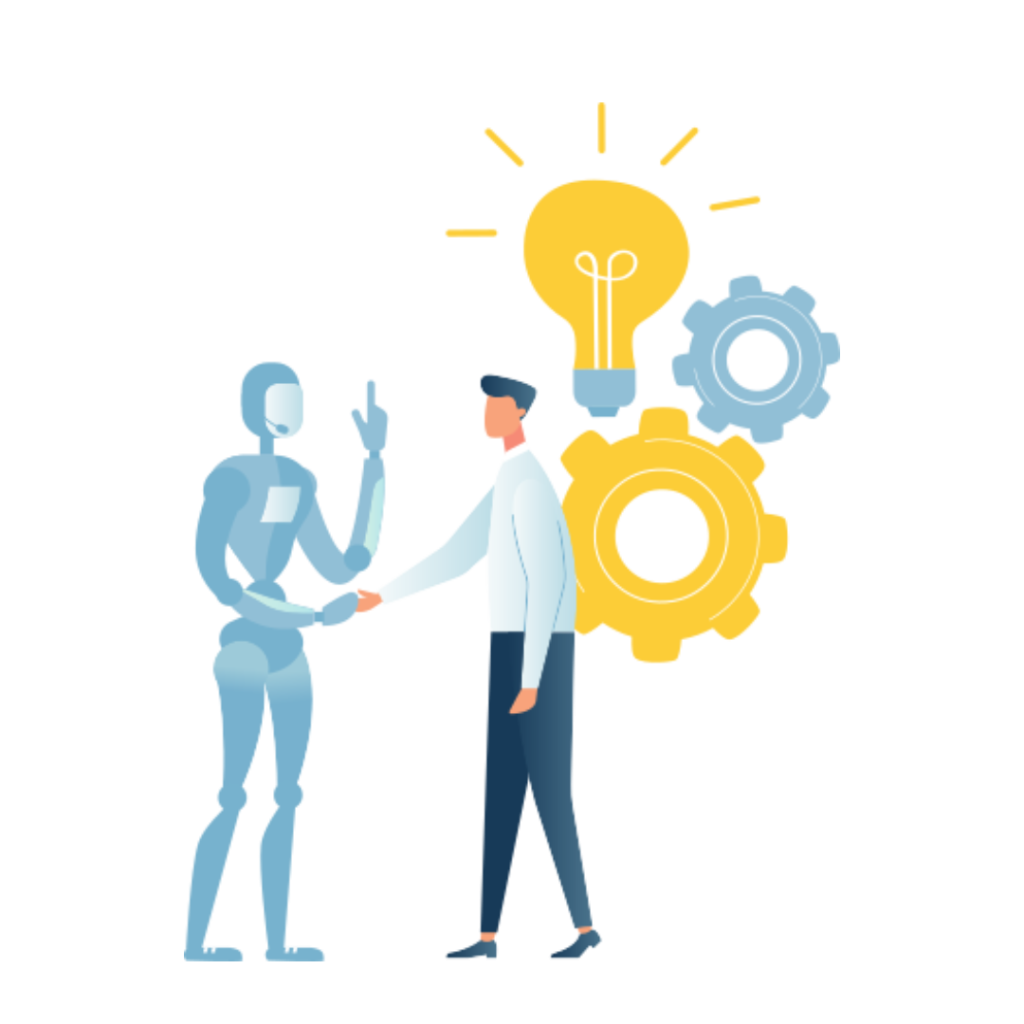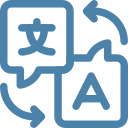What is Machine Translation and How Can You Leverage It?

Reaching new markets and fostering international collaboration is crucial for a company’s growth and success.
However, language barriers can create significant hurdles across multiple business functions such as sales outreach, brand building, and customer support. Machine translation (MT) is a transformative technology for global companies needing to bridge language gaps instantly and cost-effectively.
This article dives deep into the world of MT, exploring what it is, its evolution, practical applications, and how it can empower your multinational enterprise to thrive in a multilingual world.

What is machine translation?
Machine translation is a technology that utilizes computer algorithms to automatically convert text from one language to another without human involvement.
It excels at handling large volumes of content quickly and efficiently, making it ideal for tasks like website localization, translating product descriptions, or processing customer reviews in multiple languages.
Learn how Milengo’s ISO-18587 certified machine translation services can get you up to 70% cost savings while maintaining your desired translation quality.
How does it work?
Imagine a language-learning prodigy who devours books in multiple languages. That’s essentially how MT works! It analyzes massive amounts of translated text (training data) to learn the patterns and nuances of different languages.
Like most other technology, MT has experienced constant evolution since its release. From early attempts to translate languages with complex rules, we’ve now arrived at the impressive capabilities of today’s AI-powered solutions that unlock a new level of accuracy and fluency.
The evolution of machine translation
Before we get into how you can use machine translation, here’s a quick look at the history and evolution of this technology so you get the full picture of how far it’s come.

The dawn of machine translation: Rule-based systems
(1950s – 1990s)
The first attempts at MT relied on a dictionary-like approach. These rule-based systems analyzed source language text and mapped individual words or phrases to their equivalents in the target language.
While these systems laid the foundation for MT, they struggled with complex grammar, idioms, and the nuances of human language.

A leap forward: Statistical machine translation
(1990s – 2010s)
Statistical machine translation (SMT) marked a significant leap forward. SMT analyzes translated documents to identify statistical patterns in word usage and sentence structure.
By analyzing these patterns, SMT systems could predict the most likely translation for a given text. This approach offered a huge improvement in accuracy and fluency compared to rule-based systems.

The neural revolution: Neural machine translation
(2010s – present)
The arrival of Neural Machine Translation (NMT) revolutionized translations. NMT utilizes powerful artificial neural networks, similar to the structure of the human brain, to learn complex relationships between languages.
Unlike SMT, which analyzes words in isolation, NMT considers the entire sentence, its context, and the overall meaning. This allows NMT to capture the subtleties of language, including word order and sentence structure – resulting in translations that are more natural, accurate, and fluent than ever before.
Benefits of machine translation
Language barriers are one of the biggest challenges for global expansion and international or regional operations. MT offers businesses a powerful solution to break down these barriers and engage target audiences more efficiently and affordably by streamlining translation processes and reducing costs.
Here are a few ways machine translation empowers businesses:

Speed and scalability
MT can translate large volumes of content in a fraction of the time and cost it takes with traditional human translation.
This allows you to quickly localize your offerings and engage with international audiences efficiently.

Large language libraries
Popular MT engines offer translations between 30 to 100+ different languages.
This reduces complexities in project management and shortens time-to-market for global product launches or documentation updates.

Market research and competitive analysis
Companies can use MT engines to gain valuable consumer and industry insights by quickly translating competitor websites, market research reports, and social media trends in different languages.

Cost Savings
Compared to human translation, MT offers significant cost savings, allowing your company to allocate resources more effectively towards other areas of your global expansion strategy.

Increased ROI
By reaching new markets and audiences faster, MT can significantly contribute to your return on investment for international ventures.
Limitations of machine translation
While machine translation offers a wealth of advantages, it’s important to acknowledge that it is not a perfect solution nor should it be exclusively used for translations. Instead, it should be treated as a tool to optimize localization workflows.
Certain limitations come into play when using MT, and understanding these will help you leverage MT most effectively and determine where and when human expertise might be necessary.
Machine translation can struggle with:

Accuracy and Nuances
While MT can capture the general meaning of a sentence, it may miss subtleties, cultural references, or complex syntax.
This can lead to inaccuracies or awkward phrasing in translations, which is not ideal for corporate communications of any sort.

Limited Training Data
Machine translation quality is highly dependent on the quality of training data it uses as well as the algorithms it employs.
For languages with limited translated content available, the accuracy and fluency of MT is often lacklustre.

Creative Language and Tone
MT often struggles with creative writing, marketing copy, and other content requiring a specific tone or style.
For this reason, human translators are often preferred for these situations.
By understanding these potential limitations, you can leverage MT effectively and choose the best approach for your specific translation needs. Instead, it should be treated as a tool to optimize localization workflows.
What are some business applications of machine translation?
Despite its limitations, machine translation offers significant advantages for businesses looking to streamline operations and enhance global reach when used strategically.
A few examples of how businesses can include machine translation in workflows include:
| Content type | How machine translation can be used |
|---|---|
| E-Learning localization | MT excels with factual and repetitive content. It therefore can be applied for translations of content such as facts and figures, course descriptions, module titles, and assessment instructions. Utilizing MT for learning materials accelerates the rollout of global training, making learning more inclusive and efficient. |
| Software localization | MT can be used to localize user manuals, training materials, and user interfaces, ensuring better user experiences and scalability. It is particularly effective for straightforward content and is especially beneficial for localizing software at scale. |
| Marketing translations | MT can speed up multilingual content production for marketing teams. It is useful for creating initial drafts and getting initial translations of basic marketing materials for new target markets. Due to the creative nature of marketing content, human post-editing is crucial for maintaining quality and brand voice for marketing translations. |
| Technical translations | Technical documents can sometimes be tricky for MT due to technical jargon. But a strategic approach can streamline workflows and optimize costs for these projects. When paired with glossaries or translation memory, MT can efficiently and accurately handle large volumes of technical documentation while reducing turnaround times. |
As we can see from these few examples, strategically integrating MT with human expertise allows businesses to optimize costs, speed, and quality in their localization efforts.

Did you know?
Free machine translation tools work great to get the gist of texts but are often unable to accurately capture details such as style, fluency, and corporate terminology, and often do not secure your data.
Discover how Milengo built Snowflake a customized scalable machine translation workflow that saved 36% in translation costs and punctually delivered translations.
Best practices for using machine translation tools
Machine translation is a powerful tool for global communication, but achieving both quality and cost-effectiveness requires a strategic approach. Here are some best practices to optimize your MT experience and outputs:
1. Content selection
Play to MT’s strengths. Simple, straightforward content like product descriptions, user manuals, or news articles translate well using MT. For complex or nuanced content like marketing copy or legal documents, consider a hybrid approach with human post-editing for a polished final product.
2. Terminology management
Provide MT with a clear roadmap. Create a glossary of key industry and company terms and their translations to ensure consistency and accuracy in your MT output.
3. Employ pre-translation techniques
Simplify for success. Work within the boundaries of MT. Break down complex sentences, replace jargon, and use the active voice to improve MT comprehension and translation quality.
4. Choose the right MT engine
Not all engines are created equal. Research different MT providers and consider factors critical to your project’s success like language pair support, industry specialization, features offered, reviews, and pricing models.
5. Embrace post-editing
Employ human expertise for the final touch. For important texts, consider involving human translators for post-editing to refine the MT output and ensure accuracy and your desired tone of voice.
6. Utilize translation memory (TM)
Learn and adapt. Use TM technology to store previously translated segments for future use. MT engines can then leverage these stored translations to improve consistency and potentially reduce costs for similar future content.
By following these tips, you can harness the power of machine translation while optimizing both quality and cost-efficiency of your translation workflows.
Remember, MT is a valuable tool in your global communication toolbox, but it needs to be used strategically to maximize its effectiveness.
Human vs. machine: Achieving the perfect translation mix
There are ongoing discussions about whether machine translation will replace human translators. However, if we take a step back, we can easily see that machine translations and human translations both offer unique strengths.
When deciding which type of translation to use, it is important to align translation methods with your project’s needs.
To do this, you should consider factors such as:


Content type
For straightforward content (e.g. product descriptions, user manuals), MT can be a great starting point.
For complex or nuanced content (e.g. marketing copy, legal documents), human translation ensures a polished and accurate final product.

Budget and timeline
MT is often a more cost-effective and time-efficient option compared to human translation.

Language pairs
The availability and quality of training data can impact MT effectiveness for certain language pairs. Get a native-speaking colleague to help check the MT quality for your target language before deciding whether it is suitable for your needs.
At the same time, it is also important to remember that machine translation and human translation are not mutually exclusive. Many companies often combine these forces depending on the content.
Common ways to use human translators alongside machine translation include:


Machine translation post-editing
This involves using MT for the initial translation followed by human post-editing for a polished final product.


Hybrid approach
This approach uses MT for less complicated or repetitive documents and employs human translators for creative or critical translations.
By carefully considering these factors, you can create a translation strategy that maximizes efficiency and impact for your global communication needs.
Want to know more? Read our guide on how to choose between human or machine translation.
The future of MT and AI-powered translations
The landscape of Machine Translation (MT) is constantly in flux. We’re witnessing not just incremental improvement, but a paradigm shift driven by cutting-edge research and innovation. Here’s a glimpse into what the future of AI-powered translations holds:
- The rise of large language models (LLMs): These next-generation AI models are leaving no stone unturned. Trained on massive datasets of text and code, they are pushing the boundaries of MT. LLMs such as ChatGPT and Google Gemini can analyze complex linguistic nuances, context, and cultural references, leading to translations that are more accurate, fluent, and human-like.
- Bridging the language gap: Historically, MT performance has suffered for languages with limited training data. However, advancements in techniques like transfer learning as well as LLM technology are showing promise in enabling higher quality MT for underserved languages.
- Domain-specific specialization: The future of MT lies in customization. As such we can expect to see the development of industry-specific MT engines trained on specialized terminology and domain knowledge. This would lead to unparalleled accuracy and fluency for content such as technical documents, user manuals, or training guides.
- Conversations without borders: Imagine a world where language barriers disappear entirely. The integration of MT with speech recognition and natural language processing will pave the way for real-time translation during meetings, conferences, or even casual conversations.
These are just a few of the exciting advancements on the horizon for MT. As researchers and programmers delve deeper into the complexities of human language and artificial intelligence, we can expect even more groundbreaking innovations that shatter communication barriers and bring the world closer together.
Implement machine translation strategically with Milengo
Machine translation has revolutionized how we approach global communication, offering unprecedented speed, scalability, and cost-effectiveness. However, navigating the ever-evolving landscape and maximizing its potential can be challenging. Milengo is here to bridge that gap.
Our team of language experts are deeply invested in creating the most seamless and effective translation processes for you. We craft custom MT solutions for your needs, leveraging cutting-edge technology and expert linguists to ensure seamless, high-quality translations across all languages.
Ready to break down language barriers and reach a global audience? Contact us today and discover how our comprehensive localization solutions can supercharge your international communication strategy.
References and further learning:
- What Is Neural Machine Translation and What Is all the Fuss?
- How to Choose Between Machine Translation vs Human Translation
- The Hidden Limitations of Machine Translation
- Low-resource Languages in AI Translation – A Guide for Businesses
- Exploring AI Translation: Can ChatGPT Translate Languages Well?
- 5 Practical Tips on How to Improve Machine Translation Quality
- Optimizing Translation Budgets with Machine Translation (with Examples)
- Your Hands-on Guide to Post-editing
- Strategic Applications of Machine Translation for Global Businesses
- 5 Best AI Translator Tools and How to Choose the Right One [2024]
- Snowflake’s Technical Manual Translation Blueprint for Cost Reduction
Selected icons from Flaticon by Tanah Basah, RIkas Dzihab, Redempticon, Freepik, Fixicon, IwitoStudio, Smartline, creatiforest



